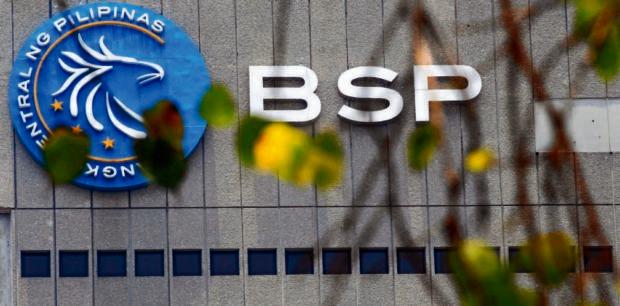
Bangko Sentral ng Pilipinas. (File photo / Philippine Daily Inquirer)
MANILA, Philippines–Banks will now have more leeway to determine the amount of risk they take on in their investment activities while also assuming responsibility for guarding against potential downsides that these exposures entail.
In a statement, the Bangko Sentral ng Pilipinas (BSP) said that both banks and quasi-banks under its supervision must, henceforth, take more responsibility for conducting evaluating the risks that certain investments entail.
Of particular focus for the new liberalized framework are riskier assets like emerging market bonds and “complex structured products,” which is banking industry jargon for volatile derivative instruments and securities that were blamed for the 2008 global financial crisis.
The new guidelines emphasize “the need to conduct an appropriate due diligence prior to making an investment and on an ongoing basis.”
The new structure also means that banks which decide to take on greater risk in their investment portfolios will have to set aside more capital to guard against adverse market movements that could impact the value of these assets.
“The conduct of due diligence reviews for new plain vanilla instruments acquired for trading or short-term profit taking (i.e., to be held in the trading book) may be made at the option of the bank or quasi-bank, as long as the resulting positions from the investments are still within the set limits,” the statement said.
The new guidelines likewise take into account the lessons learned during the 2008 financial crisis and the relevant guidance set out in the Basel Core Principles for Effective Banking Supervision.
Specifically, these require a bank or quasi-bank with significant holdings of securities issued outside the country to assess whether its capital is sufficient to cover the risks arising from the possibility that the relevant foreign government may impose currency conversion restrictions.
The central bank said it recognizes that various financial institutions under its supervision “have different structures, complexities, and ranges of investment activities.”
In a departure from the previous one-size-fits-all regulatory framework, the central bank said the new guidelines “are meant to be applied proportionately depending on the [risk] profile of the bank or quasi-bank and its investments.”
The new measure was approved by the policy making Monetary Board during its July 11, 2019 meeting.
The guidelines aim to set out the regulatory expectations in managing risks arising from investment activities considering the exposures of banks and quasi-banks to a wide range of instruments, which include bonds issued by emerging economies, complex structured products, and other tradable assets, the central bank explained. /jpv